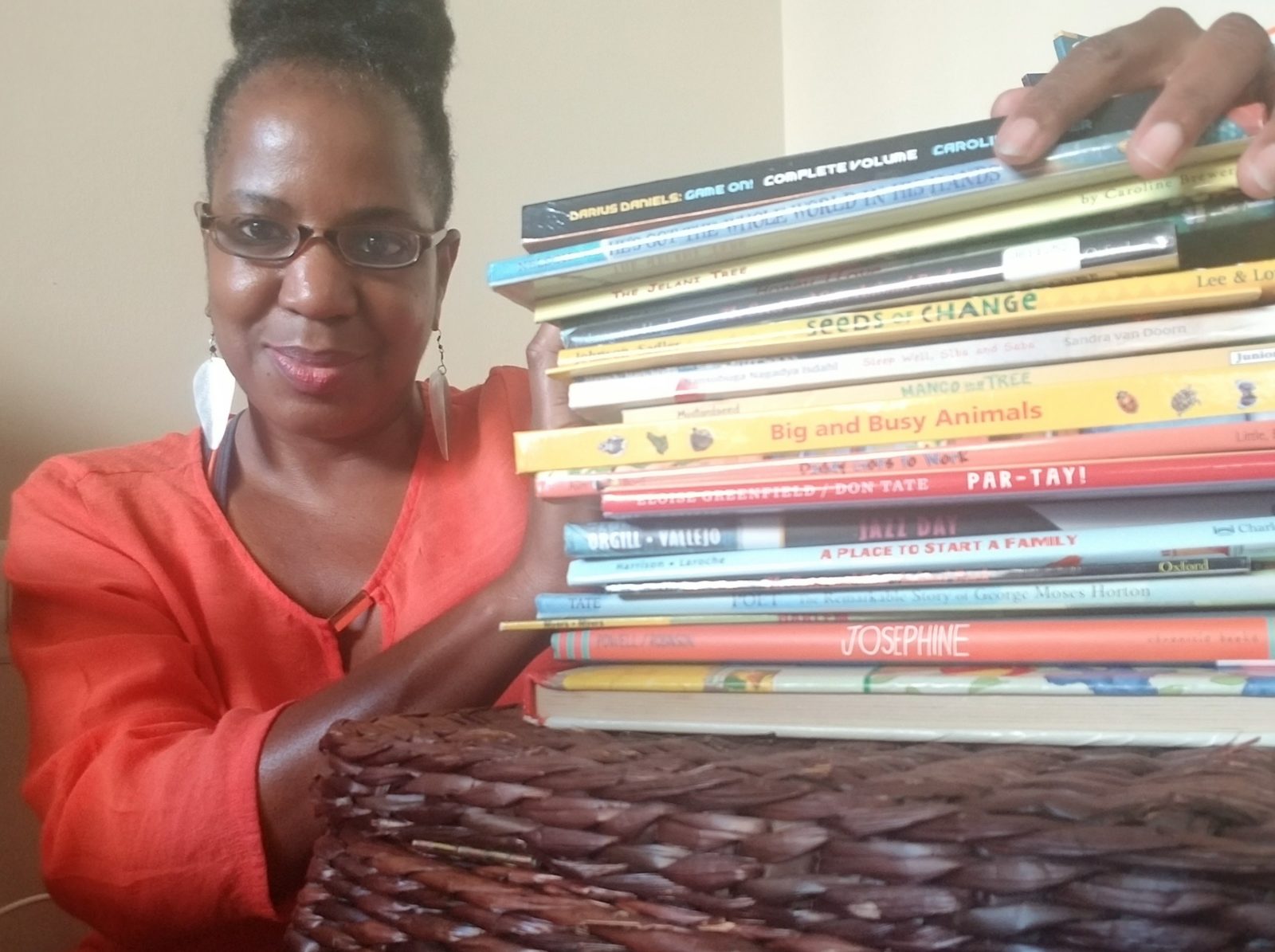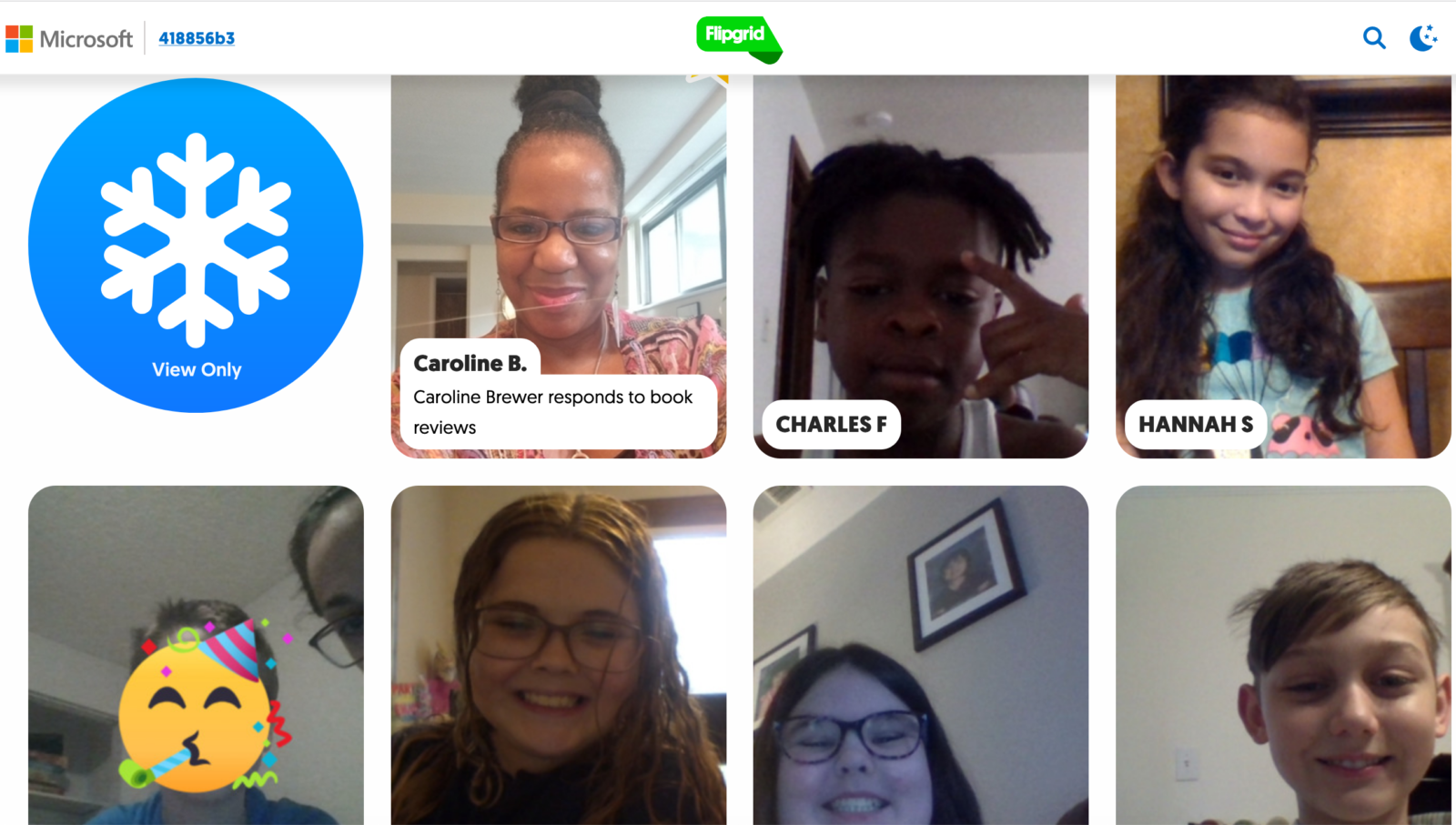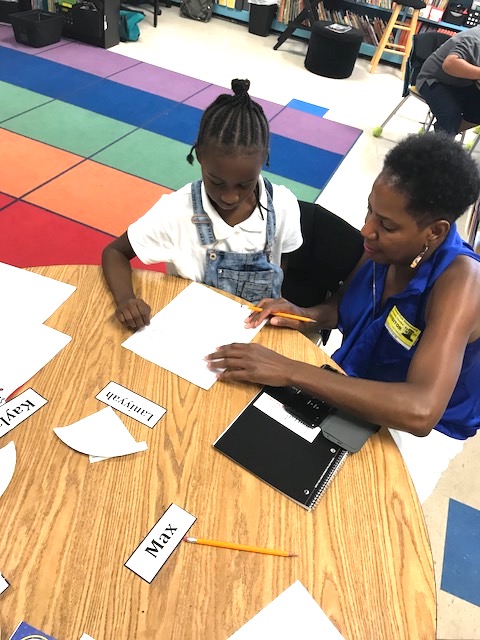Did you know that reading is related to snowflakes? I often ask children to think about how nice it is…
Darius Daniels: Game On! is a certified hit with students in the classes taught by Virginia English Language Arts Teacher…
How to Keep Children from Plucking Your Last Nerve during #Covid-19 Home-Schooling, Distance Learning, & Literacy Engagement Home-schooling and distance…


